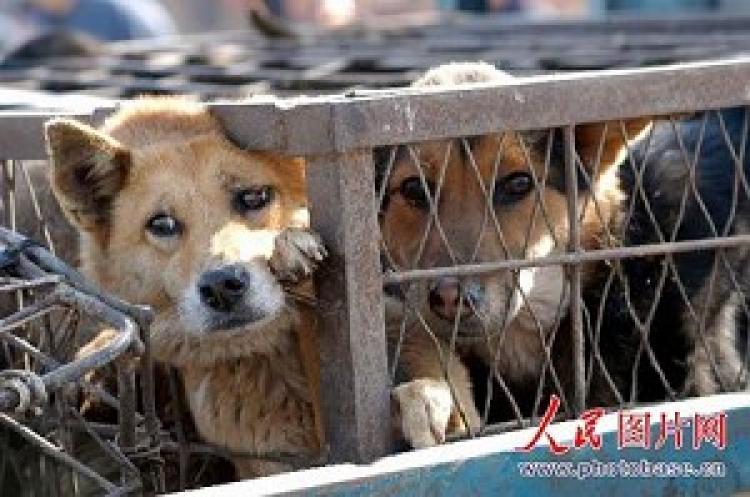China has become the world’s largest exporter of fur garments in just a few years. Many of the international fur traders, manufacturers, and fashion designers have shifted their business to China, where they can exploit China’s cheap labor and the absence of restrictive animal welfare regulations.
China’s new ascendance in the fur market—fur trade production and retail—comes with a heavy price for the fur-bearing animals. China apparently has no laws in place to regulate the confinement and slaughter of the raccoon dogs, foxes, minks, rabbits, and even dogs and cats, whose fur is responsible for a highly profitable industry. While conditions of fur farms in the West have been subjected to criticism by animal rights groups, Chinese fur farms and slaughter methods have been alleged to be far more shocking and brutal.




